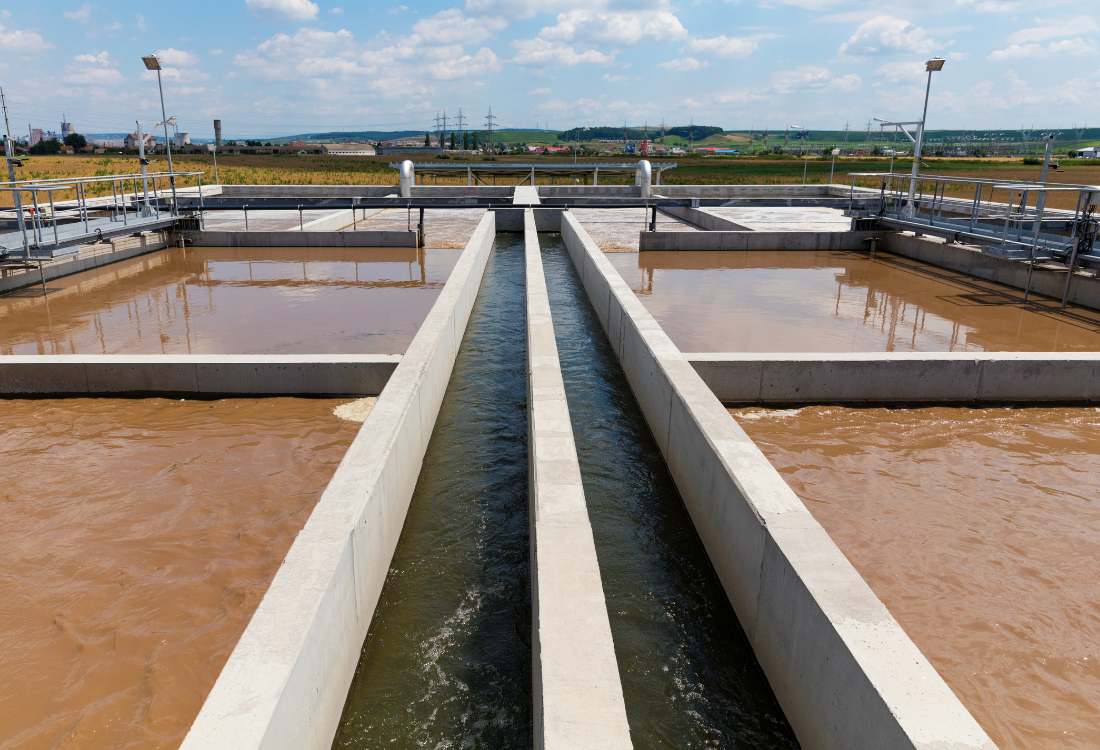
Nurturing Our Environment Through Water Recycling Technology
Keeping your fleet of vehicles in pristine condition is impossible without a supply of clean water, but the consequences of allowing hundreds of gallons to drain away after each vehicle has been washed are serious for both your business and the environment.
The excessive use of water will send your bills spiralling, denting your business’s profits, while the escape of contaminated water into drainage systems or the ground can have serious implications for the natural world.
As businesses strive to operate more sustainably, water recycling technology has emerged as a powerful tool in conserving one of our planet's most precious resources. By implementing water recycling systems, companies can significantly reduce their water consumption and environmental footprint while maintaining efficient operations.
In this article, we’ll outline four ways that fleet operators can play their part in reducing their environmental impact.
1. Implement Water Recycling Technology
Washing your fleet of lorries requires a high volume of water, typically between 50 and 200 gallons per hour. Soaring utilities bills are not the only consequence: the runoff from each truck wash, which will be laden with dirt, grease, and oils, will either enter the drainage system, where it will have to be thoroughly cleaned using energy-intensive technology, or soak into the ground, polluting subterranean water courses and natural habitats.
Installing a wastewater recycling technology in your truck wash can have a significant impact on your conservation efforts. By collecting and treating the runoff from the wash and removing contaminants and impurities through filtration, water recycling enables water to be reused for subsequent washing cycles, dramatically reducing the overall consumption and protecting the environment from pollution.
2. Adopt Water Reduction Measures
Water recycling technology, while beneficial, is not the sole solution in the drive for sustainability. Businesses must also adopt additional water-saving measures to maximise their conservation efforts.
For example, using high-pressure nozzles and low-flow spray heads during the washing process can significantly minimise water consumption, while adjustable nozzle sizes, spray patterns, and water pressure ensures that vehicles are washed in the most cost-effective and efficient way. Water reduction measures are key to cutting consumption and enhancing the overall efficiency of the water recycling system.
3. Conduct Regular Maintenance
Regularly inspecting and maintaining water recycling and reduction systems is crucial to ensure that they deliver excellent performance. This includes cleaning filters, checking for leaks, and promptly addressing any defects that are discovered. By staying vigilant and proactive, businesses can ensure that their water recycling technology operates at peak efficiency, maximising water conservation efforts and reducing waste.
4. Test The Water
Finally, regularly testing the quality of recycled water is essential to ensure that it meets the required standards for safe and effective use. As well as optimising the cleaning process and ensuring its effectiveness, testing also minimises the potential environmental impact caused by the discharge of contaminated water.
Play Your Part In Protecting The Environment
At Britannia Wash Systems, our innovative water saving and recycling systems can help your business to reduce its water consumption, save money, and strengthen your commitment to sustainability.
To find out more, please get in touch today.
Image source: Canva
.webp?width=249&height=77&name=Britannia-logo%20(1).webp)
